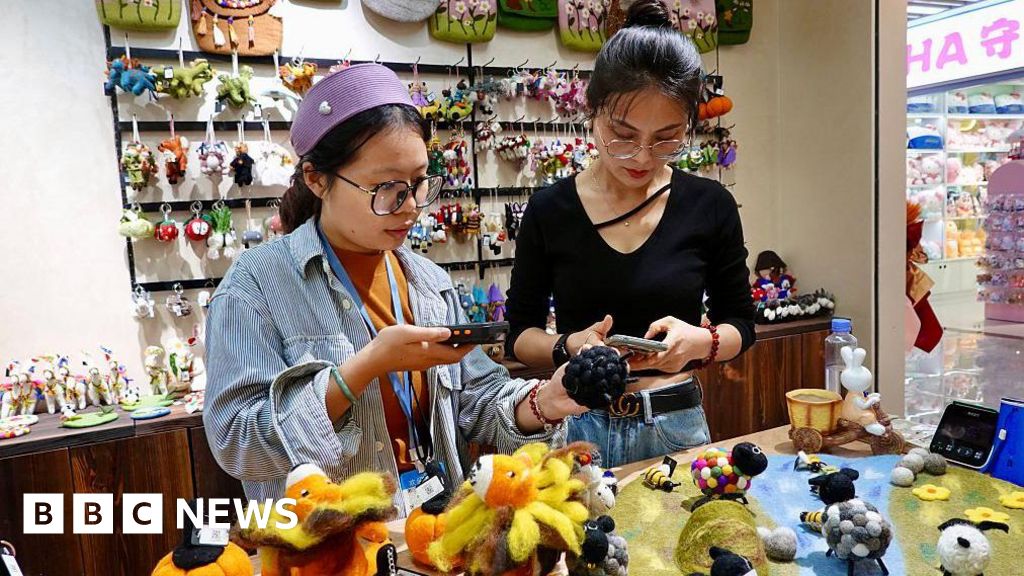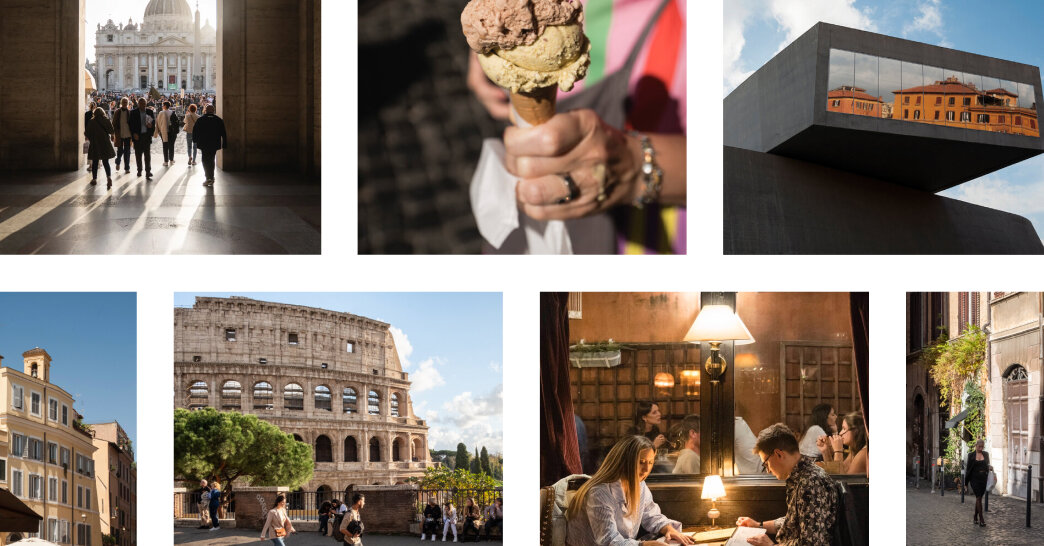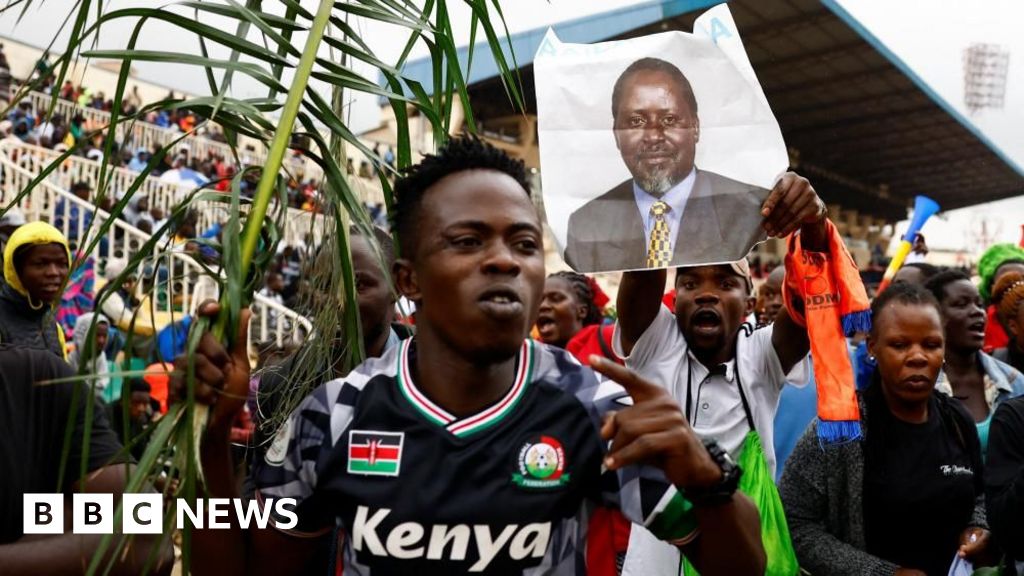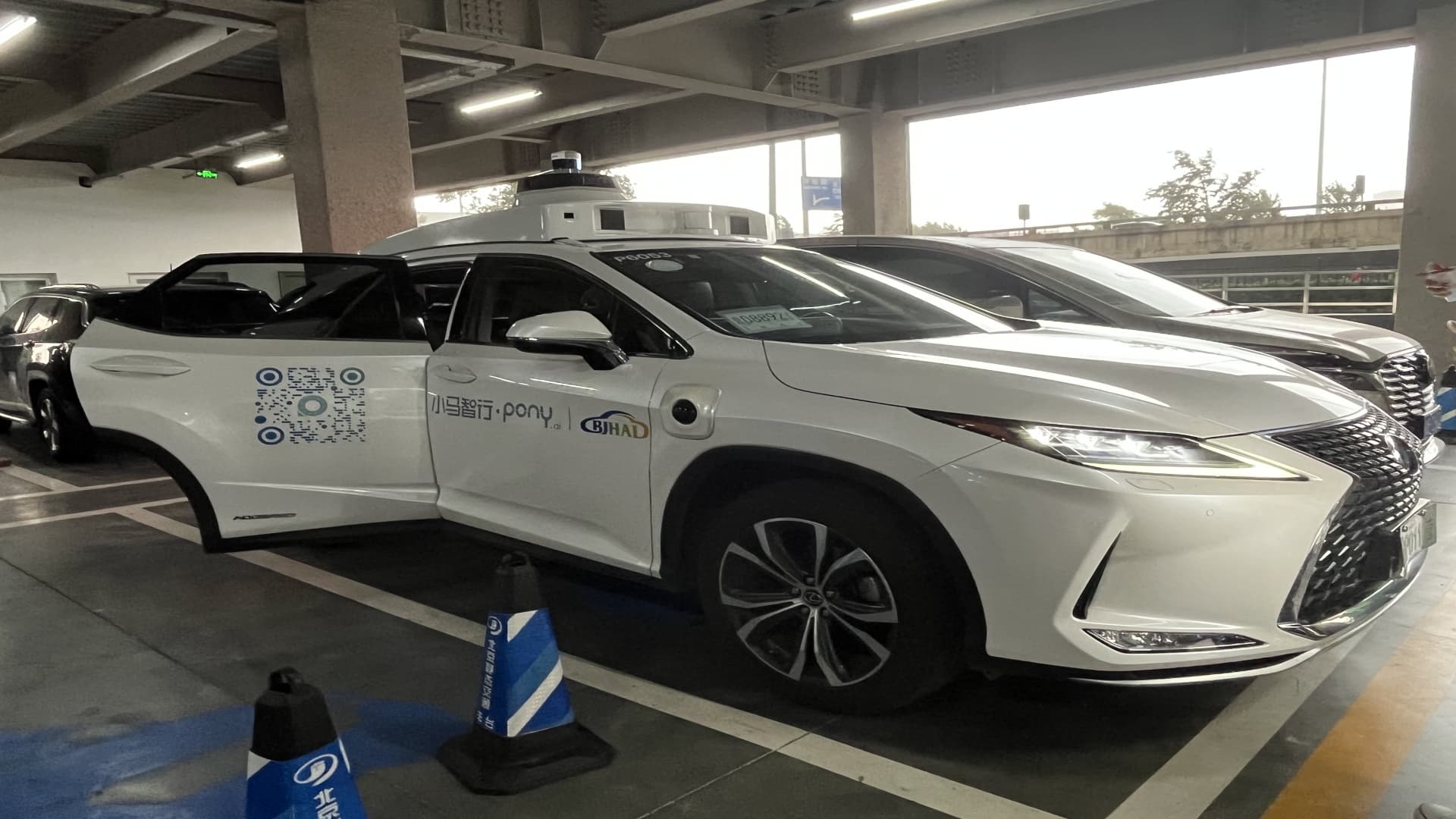BL Movement

-

13 Stylish One-Piece Ski Suits for Hitting the Slopes – Mirror Brief
-

UK Residents Launch Legal Action Against Johnson & Johnson Over Suspected Talc-Cancer Connection – Mirror Brief
-

Spring 2026 Collection by 8ON8 in Shanghai – Mirror Brief
-

The Crew 2 Introduces Offline Play Option – Mirror Brief
-

Ancient Genetic Insights Uncover New Illnesses from Napoleon’s 1812 Retreat in Russia – Mirror Brief
-

Prepare for an Early Flu Season in England and Consider Vaccination, Experts Advise – Mirror Brief
-

PM Argues Against Excluding Maccabi Tel Aviv Fans from Aston Villa Match – Mirror Brief
-

Brazil Plans to Urge Nations at COP30 to Significantly Boost Biofuel Adoption, Leak Indicates – Mirror Brief
-

Comprehensive Testing and Reviews – Mirror Brief
-

Vivienne Westwood’s Ready-to-Wear Collection for Spring 2026 – Mirror Brief
-

New Jersey Officer Faces Charges for Choosing Pizza Over Responding to Shooting – Mirror Brief
-

Ex-Trump Advisor John Bolton Charged with Improper Handling of U.S. Defense Secrets – Mirror Brief
-

Thousands Rally in Edinburgh Demanding Action to Eradicate Poverty – Mirror Brief
-

Flacco Reclaims Classic Form in Bengals’ Showdown with Veteran Quarterbacks – Mirror Brief
-

Trump Unveils Plans to Reduce the Cost of I.V.F. – Mirror Brief
-

Sam Fender Clinches 2025 Mercury Prize for His Album “People Watching” – Mirror Brief
-

China’s Major Shopping Event Kicks Off Five Weeks Early to Boost Consumer Spending – Mirror Brief
-

Lucy Powell Chosen as Deputy Leader of the Labour Party – Mirror Brief
-

An Insight into Trump’s Plans – Mirror Brief
-

The Rapid Spread of Cholera: Why Is It Still a Present Threat?
-

Guimaraes Compares His Finish to Shearer’s – Mirror Brief
-

Icons Week Continues Following Tess Daly and Claudia Winkleman’s Announcement of Departure – Mirror Brief
-

AI Investments Fuel Economic Growth While Numerous Businesses Struggle to Survive – Mirror Brief
-

Experience Luxury Accommodations in a Former Ottoman Palace – Mirror Brief
-

Parents Encouraged to Immunize Kids Amid Increasing Flu Cases – Mirror Brief
-

Match Details, Team Lineups, and Kickoff Information – Mirror Brief
-

Breakthrough in Unraveling the CIA’s Kryptos Code After 35 Years – Mirror Brief
-

A Comprehensive Guide to Dining, Accommodations, and Must-See Attractions – Mirror Brief
-

Massive Gathering of Kenyans at Nyayo Stadium for State Funeral in Nairobi – Mirror Brief
-

Pony.ai Partners with Stellantis for Expansion into Europe’s Robotaxi Market – Mirror Brief